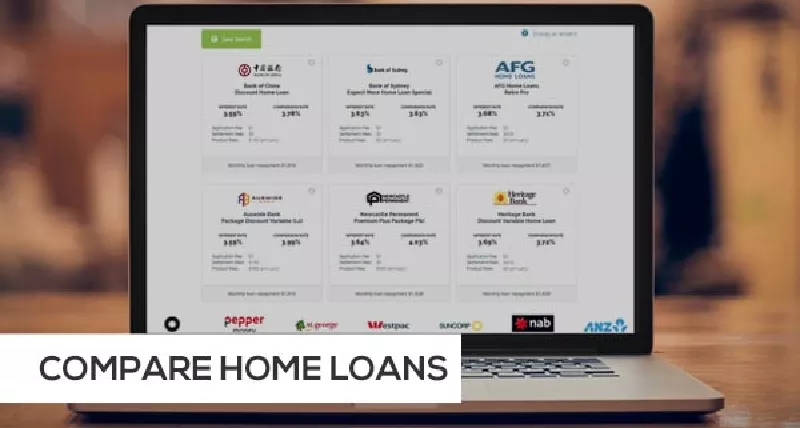The 4 steps involved in the property settlement process
So, you`ve made an offer on a property and the vendor has accepted. Congratulations. But that`s just the beginning of the end, not the actual end.
Over the next few weeks or months, you`ll have to navigate your way through the settlement process, which begins with the exchange of contracts and ends with the property title being transferred from the current owner to you.
The settlement process can be complicated and stressful, which is why it`s generally a good idea to hire a conveyancer to represent you. Here are the steps involved:
1. Exchange contracts
The property settlement process is triggered when you and the vendor each sign a copy of the contract of sale, and then exchange contracts.
You will then have to pay a deposit (generally 10%).
Depending on your situation, you might be entitled to a cooling-off period. Once any cooling-off period has passed, the countdown to settlement officially begins. This period generally takes one to three months.
2. Final inspection
You`re entitled to conduct a final inspection just before settlement. This often occurs the day before or even on the day of settlement.
The point of the final inspection is to make sure the property you`re about to formally buy corresponds with what was promised in the contract of sale.
For example, you need to confirm nothing has been damaged or stopped working since you exchanged contracts. If the vendor promised to make any repairs or leave any fittings behind, you need to make sure they`ve followed through. Also, you need to collect keys and remote controls.
3. Settlement day
On settlement day, you exchange documents with the vendor and your lender, and the property title officially gets transferred to you. Several other things also occur:
- - Your lender pays the rest of the purchase price on your behalf
- - Your lender registers your mortgage against the title
- - The transfer is registered with the state/territory title office
- - The vendor`s mortgage and any caveats are removed from the title
- - You pay stamp duty
- - You pay `adjustments` to the vendor (to compensate them for bills they made have already paid in advance, such as council rates)
4. After settlement
Now that settlement is done, it`s time to start living in the home or renting it to tenants.
This is also the point at which you start making mortgage repayments.





